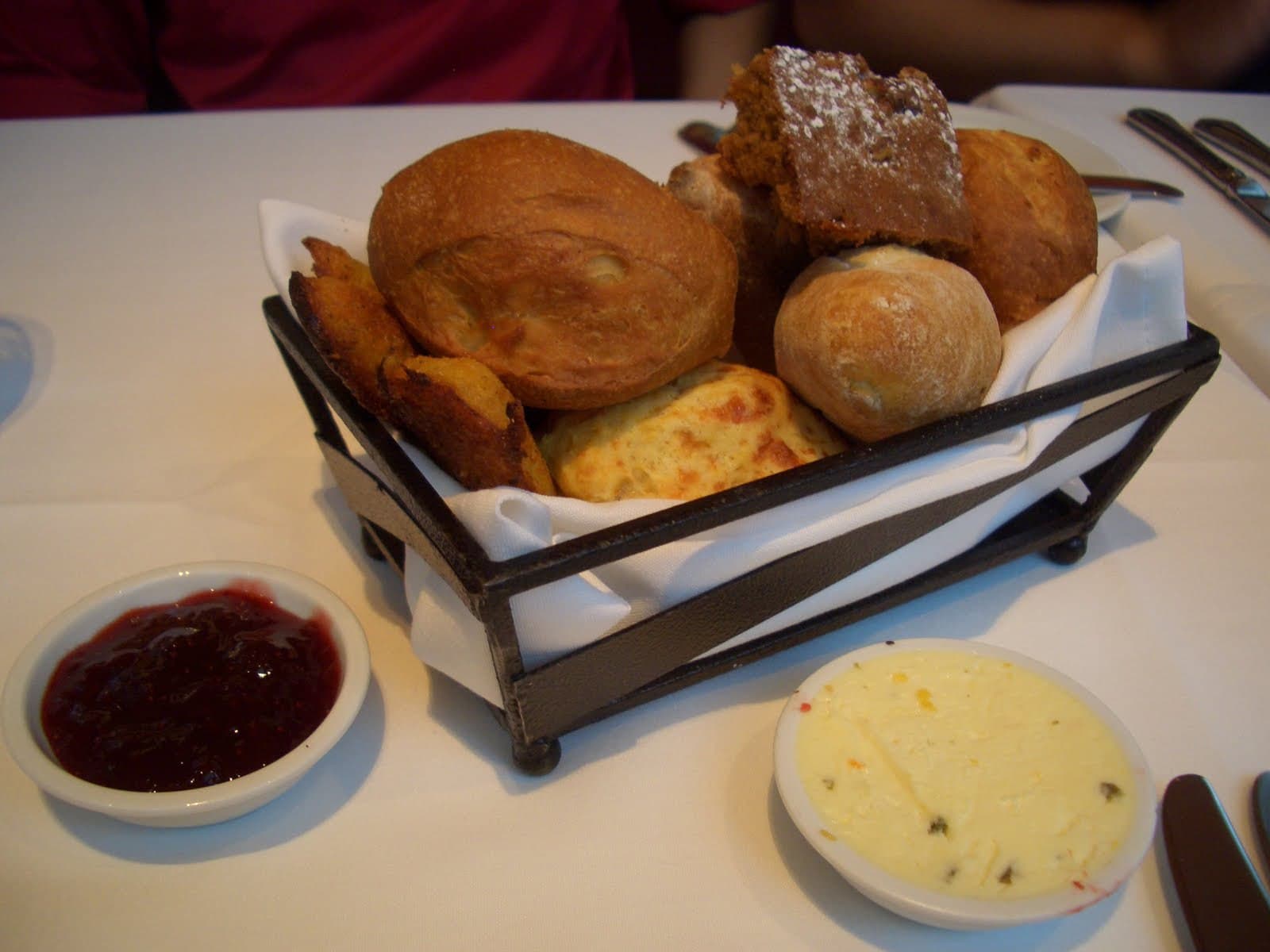
Which Do You Spread on Your Toast?
Jam and jelly are often confused. But then when you look it up, there’s also preserves and fruit spread. All are made from fruit mixed with sugar and pectin. The difference is all in how much of the fruit is used. Here are the detailed differences between jam versus jelly versus preserve versus fruit spread.
Jam versus Jelly versus Preserve versus Fruit Spread
First, a brief history.
The Crusaders first introduced jam and jelly to Europe from the Middle East where cane sugar grew. It was popularized by the Middle Ages.
Cane sugar was used to make jam and jelly in the 16th century when the Spanish arrived in the West Indies and preserved their local fruits.
Fun fact: Marmalade, a type of preserve, was first created in 1561 by the physician to Mary, Queen of Scots to keep her sickness at bay.
Jelly
Jelly is made from strained fruit juice, sugar, and pectin – with no actual solid pieces of fruit in the jelly itself. This is the smoothest of all the spreads.
Jam
Jam is a thicker, yet looser spread containing fruit pulp as it is made from pectin, sugar, fruit juice, and fruit that has been chopped, crushed or pureed.
Preserves
Preserves are chunkier in texture as it is made with pectin, sugar, and whole fruit. In many cases with berries like raspberries or blackberries, the fruit does not stay whole during the processing. The resulting texture leaves little difference between berry jam and preserved jam. In any case, though, there are more fruits and fruit bits in preserves.
Marmalade is a type of preserve made with citrus fruits. Complete is similar to preserve, but it is not bottled; rather, it is served right after it is cooked.
Fruit Spread
Fruit spread is pure 100% fruit with no added sugar. It can be naturally sweetened with fruit juice like white grape juice or apple juice.
Sign up for my newsletter on the sidebar for blog updates and my travel insider tips! And, check out my vlogs on YouTube!


